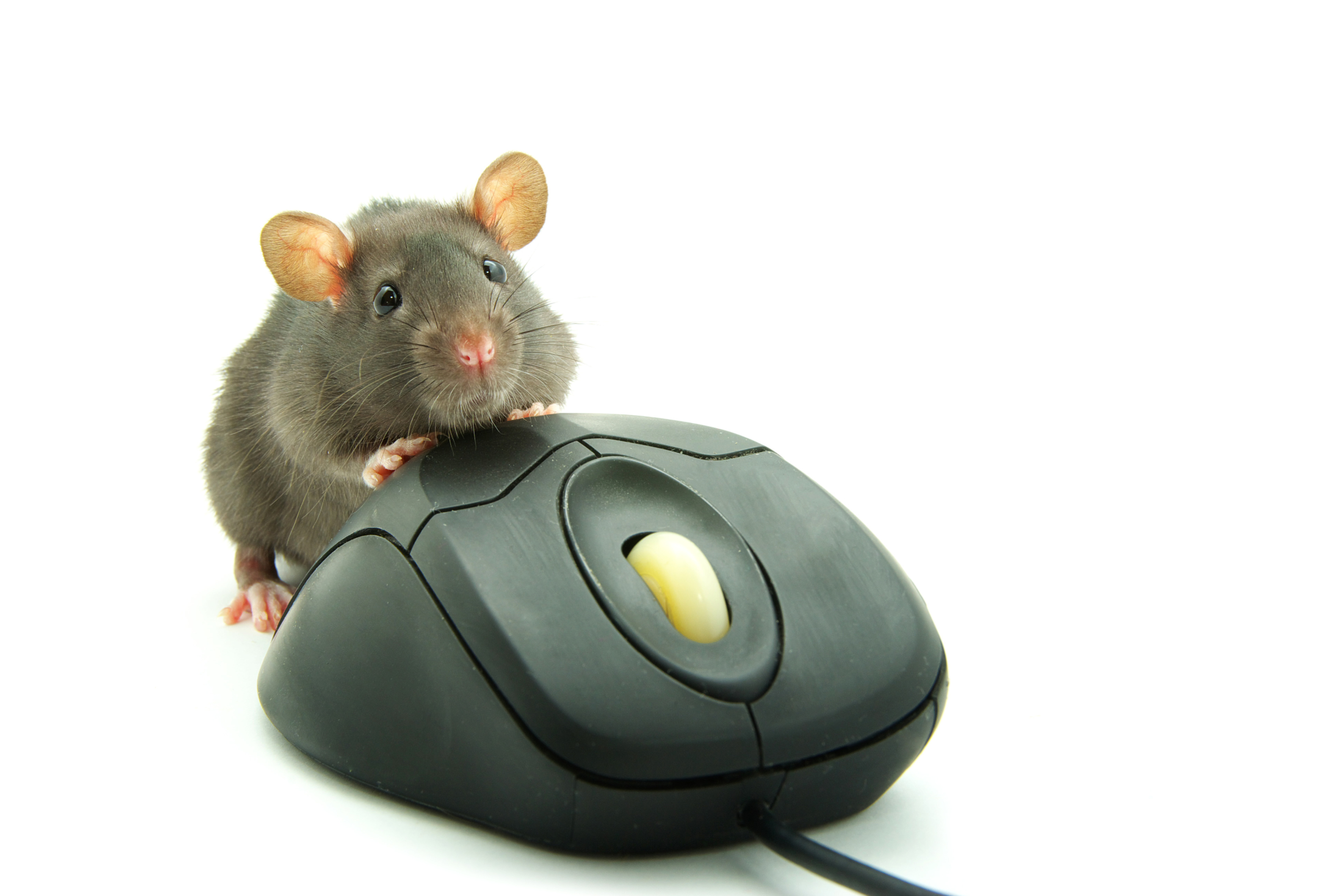In May 2015, Brian House, Jason Munshi-South, and I received a Tow Center for Digital Journalism grant to develop and use new technology to tell the story of a day in the life of one of New York City’s least-loved denizens: Rattus norvegicus. We hoped to provoke people to see rats in a different way, to connect with their experiences and, ultimately, to feel the city as a rat does.
The project, which entailed putting collars on rats and tracking their movements, proved to be highly technically and practically challenging. Although we did collect some data, it was not enough to tell the story of a day in the life of New York City’s rats. Instead, we have one hour’s worth of data from a single Brooklyn rat, courtesy the trapping skills of biologist Michael Parsons. (See “A Rat Named Nemesis.”)
Our plan had been to develop collars carrying accelerometers capable of recording a rat’s activity and transmitting data about that activity back to a base station. We envisioned live-trapping rats at different Manhattan locations—perhaps Central Park, a trash room in a housing complex, and a subway station. We intended to create a multimedia story about the rats’ periods of activity and quiescence using data visualization and, perhaps, maps that would allow New Yorkers to see their city from a non-human perspective.
Instead, we achieved some hard-won technological expertise about how to design collars for rats and related base stations: we developed a biodegradable collar that carries a small 3-axis accelerometer that can transmit for, ideally, 24 hours to a nearby WiFi base station.
In addition, we added a component to the project that was not in the original description: we recorded the ultrasonic vocalizations of rats, which became part of an audio project at The New York Times Magazine. These are the first audio recordings of “wild” rats in New York City at frequencies beyond the range of human hearing. By employing a custom recording device in rat burrows, we were able to capture over 48 hours of rat interaction including everything from alarm calls to rat “laughter” (a phenomenon previously documented in the laboratory, but not in the street). We were able to hear the audio by processing it to lower the pitch; this holds promise for further ecological study as well as for artistic use.
As the Tow Center’s 2014 report, “Sensors and Journalism,” notes, journalists and other storytellers have increasingly been using sensors as a way of collecting their own data for stories. Recent examples include WNYC’s “heat island” monitoring project in Harlem and the Savannah Morning News’s call last month for volunteers to provide docks for sensors tracking sea level rise. Our conclusion after our two-plus-year experiment is that using sensors as a way of telling stories about urban wildlife does offer rich possibilities, however difficult it may be. We remain confident that there is a data story to tell about rats using accelerometers, recorders, mini cameras, PIT tags, and other instruments.
Journalists doing this kind of reporting and data collection need to work closely with ecologists who are well versed in field work, animal behavior, and live-trapping, and who have the proper permissions and licenses. They also need to work closely and consistently with developers who can adapt and tweak instruments in an iterative way. It is a time-consuming enterprise, and requires a full-time dedicated team for kind of data and stories the approach has the potential to yield. We remain excited by the promise of further explorations in this realm.
Thanks to Sam Thielman, who contributed to this story.




